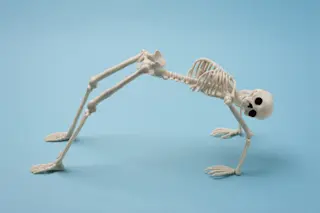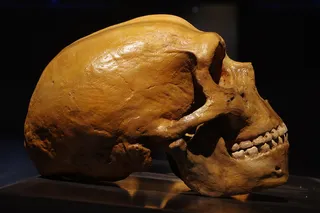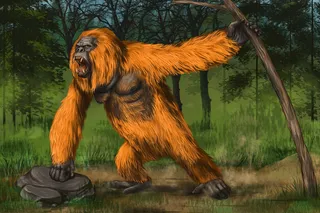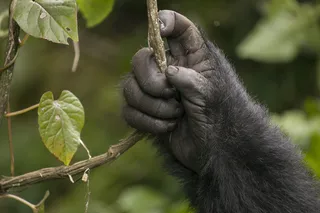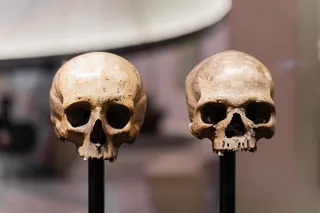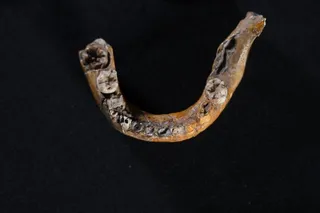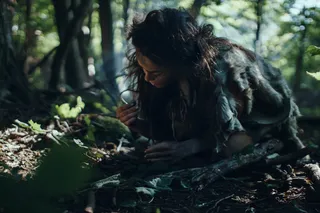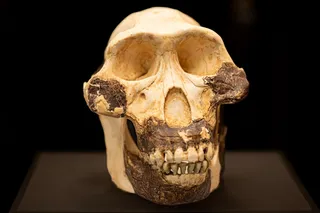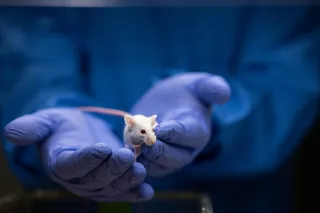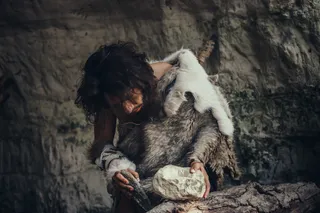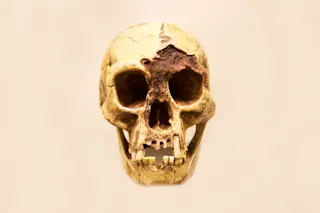There's something sitting inside your skin. It's spindly and startlingly white, and, by its weight, it's stronger than steel.
That might sound spooky — that something so strange and so spectacularly strong is sitting inside you — but that thing within your skin is what allows you to stand, walk, and sprint. It protects your innards and provides your squishy organs with structure. Pieced together from a slew of separate parts, it's been with you since you were a baby, plying you with the cells and substances that you need to survive.
We're talking about your skeleton, of course, a collection of bones and connective tissues that act as your body's scaffolding. But just because it's out of sight doesn't mean that the skeletal system should be out of mind. This is what you'll want to know about your inner skeleton.
Read More: Fun Facts About Bones: More Than Just ...



